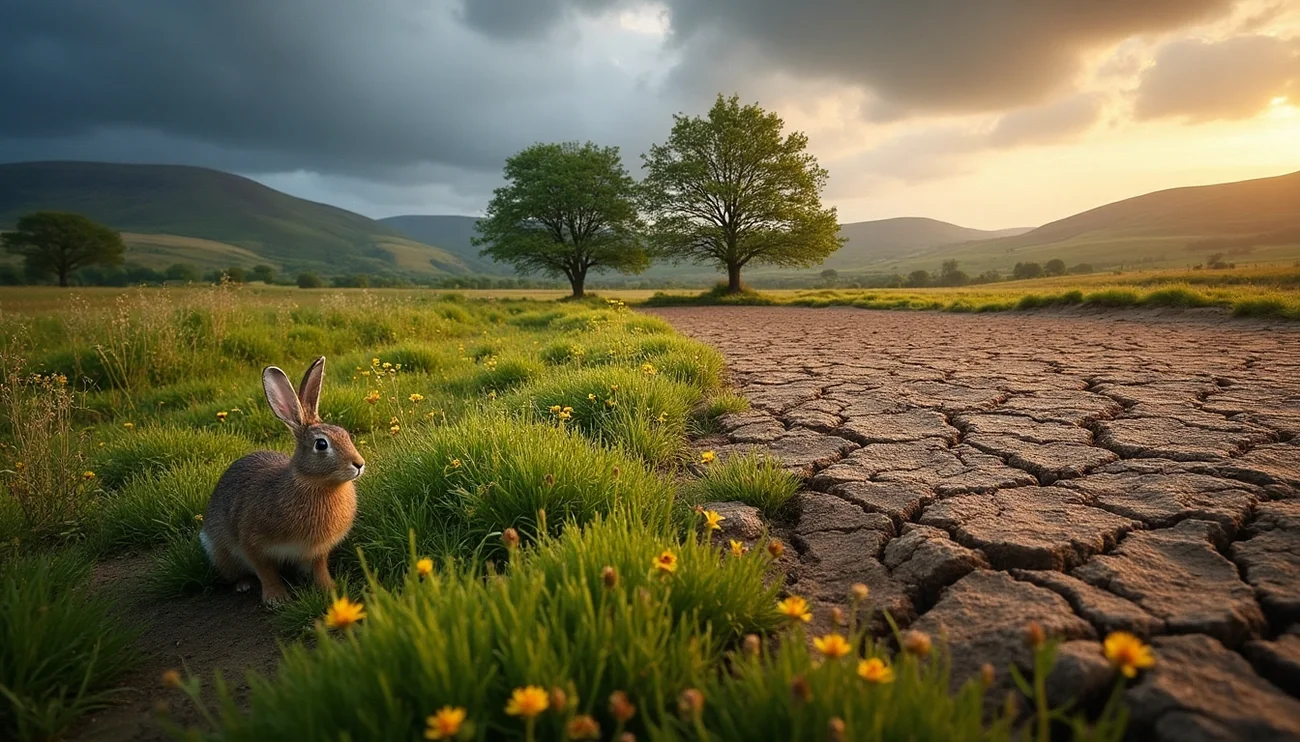Climate Change & Ireland
Climate Change Ireland: Hidden Threats to Native Species Revealed in 2025 Study
Ireland faces a severe biodiversity crisis due to climate change, with 85% of EU protected habitats now showing unfavourable status. A 2023 Court of Justice ruling highlighted this crisis by finding that Ireland failed to define conservation objectives for 140 protected sites.
The outlook toward 2050 raises serious concerns. Research shows long-distance migratory birds now arrive up to one week earlier compared to 35 years ago. A comprehensive survey of 850 native Irish plant species revealed troubling results - 171 species (20%) are especially vulnerable to climate impacts through 2050. The situation looks even worse for threatened species, as 52% of them face heightened risks. Ireland's position as a 'global hotspot' for peatlands makes this particularly critical, since these vital ecosystems cover 20% of the national territory. These stark realities emphasise the need to address both climate and biodiversity emergencies through coordinated policies and concrete actions.
Climate Change Ireland 2025: A Turning Point for Native Species
Ireland's native wildlife faces a turning point in 2025. Much of our native species are now on the brink of extinction. The situation looks grim as all but one of these assessed habitats show poor conservation status. The country has grown warmer by 0.7°C and seen 7% more rainfall between 1991-2020 compared to 1961-1990, following global patterns.
Irish temperatures will likely rise between 1.3-1.6°C by 2050, which poses serious challenges to our ecosystems. Climate change threatens up to 20% of Ireland's native flora by 2050. The risk runs even higher for more than half the species already on the threatened plants list.
Our natural heritage now stands at a crossroads. The changing climate could wipe out native plants like Spring Vetch, Wood Crane's bill, Nettle-leaved Bellflower and Mackay's Heath. Native bird populations have taken a hit too, with species like the Dunlin and Common Scoter showing declining numbers.
Climate change's effects show up clearly in stronger and more frequent extreme weather events. Ireland recorded its fourth warmest year and sixth wettest spring in 2024. Urban green spaces could help alleviate these negative effects, offering safe havens where vulnerable plant species might survive despite the changing climate.
8 Hidden Threats to Native Species Identified in the 2025 Study
The National Climate Change Risk Assessment (NCCRA) 2025 has revealed eight of the most important threats to Ireland's biodiversity that experts previously underestimated. Recent findings show that 30% of Ireland's bee species face extinction, which puts our pollination systems at serious risk.
Firstly, nature's timing has fallen out of sync. Scientists have observed that migratory birds arrive and leave at different times. Some species head back 10 days earlier with each 1°C rise in spring temperature. This pattern affects late-nesting birds like the Red-listed Yellowhammer, which nurtures its chicks in the nest through September.
Secondly, harmful non-native species pose a growing threat to Ireland. Scientists warn that "the clock is ticking as to when something nasty will arrive". Rising temperatures create perfect conditions for these species to harm food crops.
Thirdly, bee populations have dropped sharply, with more than half of Ireland's species showing major declines since 1980. The warming seas have forced fish species to move northward. This migration could leave coastal communities without their traditional fish stocks.
Additionally, Ireland's freshwater systems face serious challenges. Experts project that stream and river flows will drop by about 21% by the 2080s. Ash dieback disease now affects most Irish forests. The country's peatlands show disturbing changes - 74% have experienced disruption. These damaged peatlands might release stored carbon instead of capturing it.
Finally, species that depend on specific habitats risk extinction as their ecological niches vanish under changing climate conditions.
Modelling Future Risks: Climate Change Ireland 2050 Projections
Recent advanced climate modelling shows worrying patterns about Ireland's ecological future. The latest species distribution models (SDMs) predict major changes to native species ranges under future climate scenarios by 2050. These models combine climate and topographical variables and show excellent predictive accuracy with area under curve (AUC) values above 0.9.
The research shows that moss, liverwort, and fern species will likely see their ranges shrink considerably, while angiosperm species react differently. Ireland's peatlands could lose 7.2% of suitable climate space, which will mostly affect low-lying areas in the south and west.
The period between 2041-2060 will see average annual temperatures rise between 1-1.2°C and 1.3-1.6°C, based on emissions trajectories. This temperature increase will lead to more heat waves. Weather patterns will change dramatically - spring and summer will see less rain, while winter rainfall could increase by about 20%.
Ireland's sea levels are rising 3.6mm each year, which is about 2.5 times faster than most of the 20th century. This rise means that about 70,000 Irish addresses could face risks from coastal flooding by 2050.
Future biodiversity conservation needs a more flexible approach to site designation and protection. Scientists need to keep monitoring these changes to detect climate effects on vulnerable species and take appropriate conservation actions.
Conclusion
Ireland's biodiversity faces a grim future based on the evidence shown in this piece. Climate change is no longer a distant threat but an immediate reality. The numbers tell a sobering story - 91% of assessed habitats are in poor conservation status. What we see now - from timing mismatches in nature's cycles to invasive species taking over - might just be the tip of a much bigger ecological crisis.
Our native species are struggling like never before. These challenges don't exist in isolation but feed into each other, making things worse. Temperature changes, as just one example, don't just hurt individual species. They tear apart entire ecological networks that took thousands of years to develop.
Climate models paint a dramatic picture of Ireland's ecology by 2050. Species that are common today might end up surviving only in small, isolated areas. Some might vanish from our island completely. A temperature rise of 1.3-1.6°C might sound small, but its effects ripple through entire ecosystems.
Ireland's peatlands need urgent protection. These carbon-rich landscapes cover 20% of our country. They could turn from storing carbon to releasing it as conditions change, which would speed up climate disruption instead of slowing it down.
In spite of that, we still have reasons for hope through smart action. Urban green spaces could become safe havens for threatened species, pointing to practical ways forward. Regular monitoring helps us spot changes early enough to make a difference.
Ireland's ecological heritage stands at a turning point. Today's decisions about emissions, land use, conservation priorities, and habitat protection will shape generations to come. Both climate and biodiversity crises demand immediate national attention. We need more than policy papers - we need real actions to protect and restore our natural heritage before it's too late.


